
Final Fantasy XIII-2 PC Review: A Time-Traveling Paradox
Contents
Final Fantasy, the iconic RPG series by Square Enix, is a household name for genre enthusiasts. The Final Fantasy XIII trilogy, however, remains a contentious topic, sparking debate among fans. With the PC release of Final Fantasy XIII-2, the series is once again under scrutiny. Does this sequel deliver on the promises of improvement over its predecessor’s flawed PC port?
 Razer Keyboard
Razer Keyboard
A Refined Combat System
The opening battles quickly reveal that the core combat mechanics of the original remain intact. Final Fantasy XIII-2 retains the “Command Synergy Battle” system, allowing players to queue attacks within the “Active Time Battle” (ATB) framework. The strategic “Paradigm Shift” mechanic, enabling on-the-fly character role changes, also returns. However, XIII-2 introduces several exciting improvements to address the shortcomings of its predecessor.
The new “Mog Clock” mechanic allows players to gain an advantage in combat encounters. Serah’s Moogle companion senses enemies before they appear, allowing players a window of opportunity to initiate combat and gain a preemptive strike. This also provides the option to avoid unwanted battles entirely. Another welcome addition is the ability to capture defeated monsters and utilize them as a third party member in combat, adding a unique layer of customization and strategy. The ability to switch party leaders mid-battle allows for dynamic adjustments in tactics, further enhancing the combat experience.
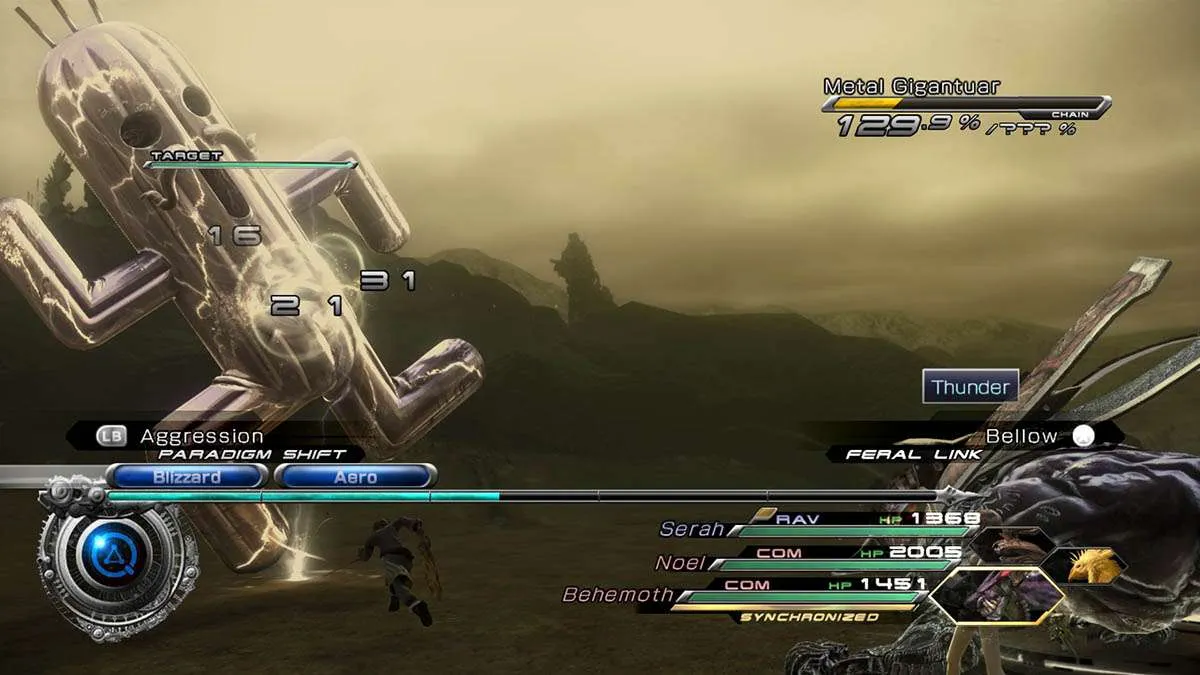 Final Fantasy XIII-2 Combat
Final Fantasy XIII-2 Combat
Boss battles incorporate “Cinematic Action” sequences, requiring players to execute quick-time events for in-battle advantages. Unlike the lengthy tutorials of the first game, XIII-2 streamlines the learning process through early combat encounters, efficiently introducing new mechanics without overwhelming the player.
Exploring the Time Stream
In stark contrast to the linear narrative of the original, Final Fantasy XIII-2 introduces the “Historia Crux,” a time-travel system that grants players freedom to choose their destinations and explore different eras. The game abandons the restrictive pathways of its predecessor, offering a variety of open areas to explore. Each location features a main objective of finding “artifacts” to activate Time Gates, along with numerous side quests and hidden treasures. These side quests range from monster hunts to item retrievals, providing rewarding diversions and valuable rewards.
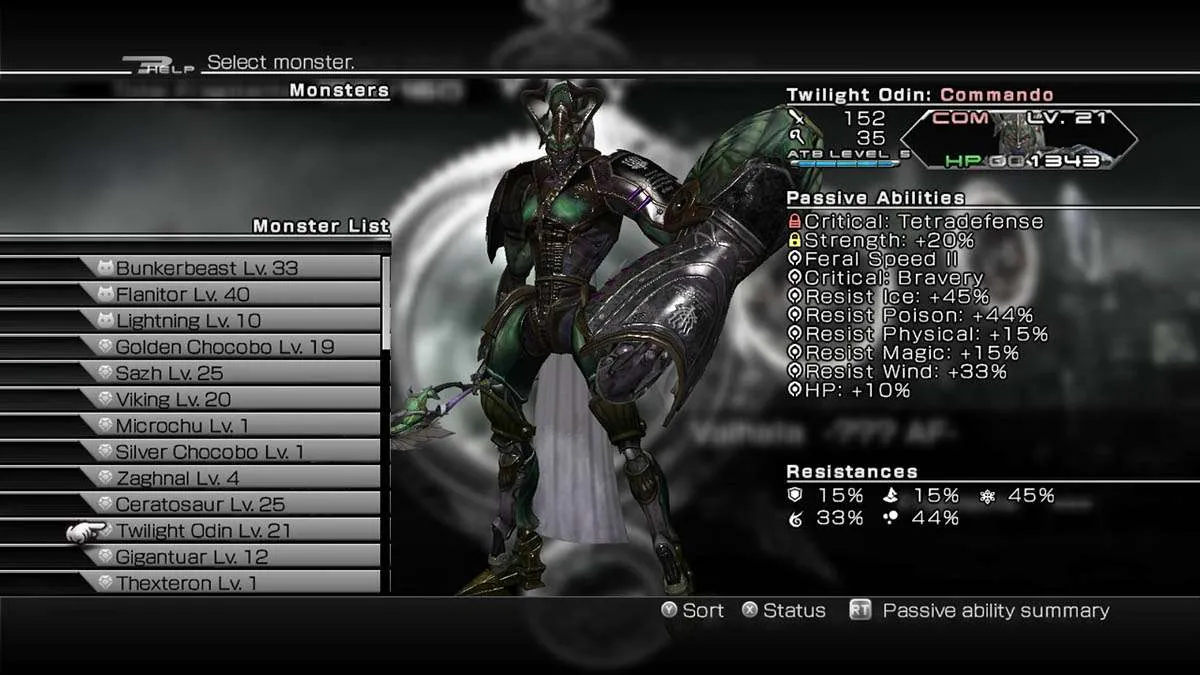 Final Fantasy XIII-2 Exploration
Final Fantasy XIII-2 Exploration
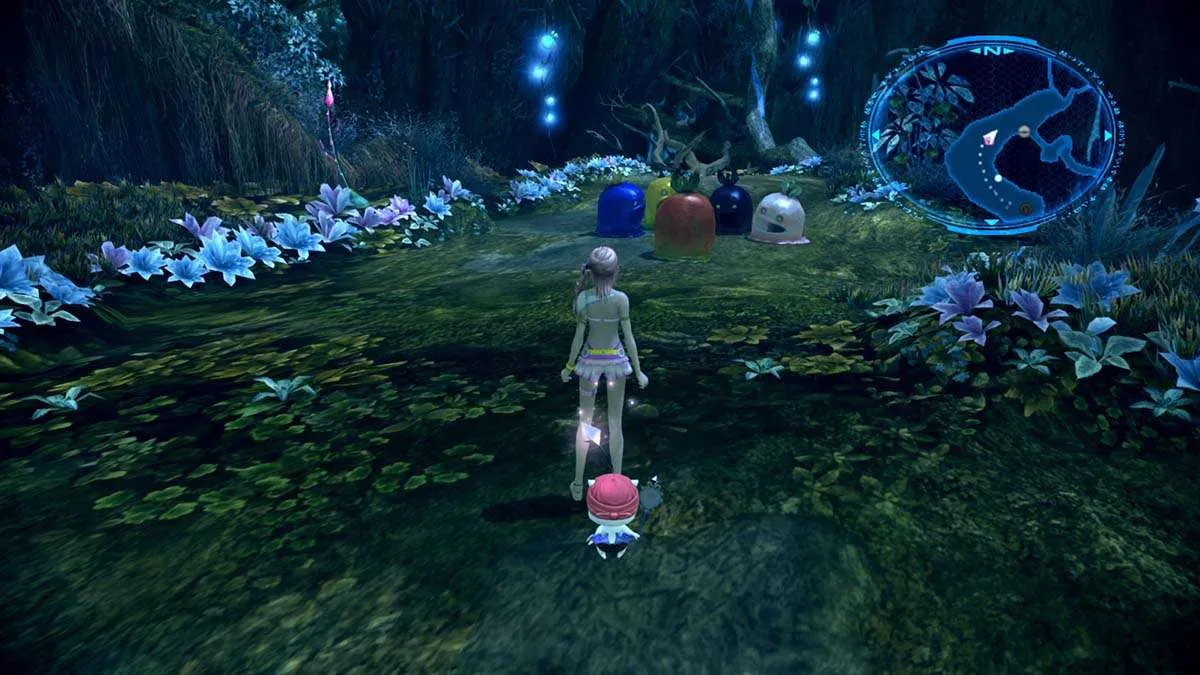 Final Fantasy XIII-2 Characters
Final Fantasy XIII-2 Characters
Technical Hiccups Persist
Despite Square Enix’s efforts to improve the PC port with detailed graphics settings, Final Fantasy XIII-2 still suffers from technical issues. Inconsistent frame rates, particularly noticeable during battles, detract from the overall experience. Visually, the game appears somewhat bland, even at higher resolutions. The lack of customizable audio settings is also a significant oversight, forcing players to endure overly loud background music that occasionally drowns out dialogue.
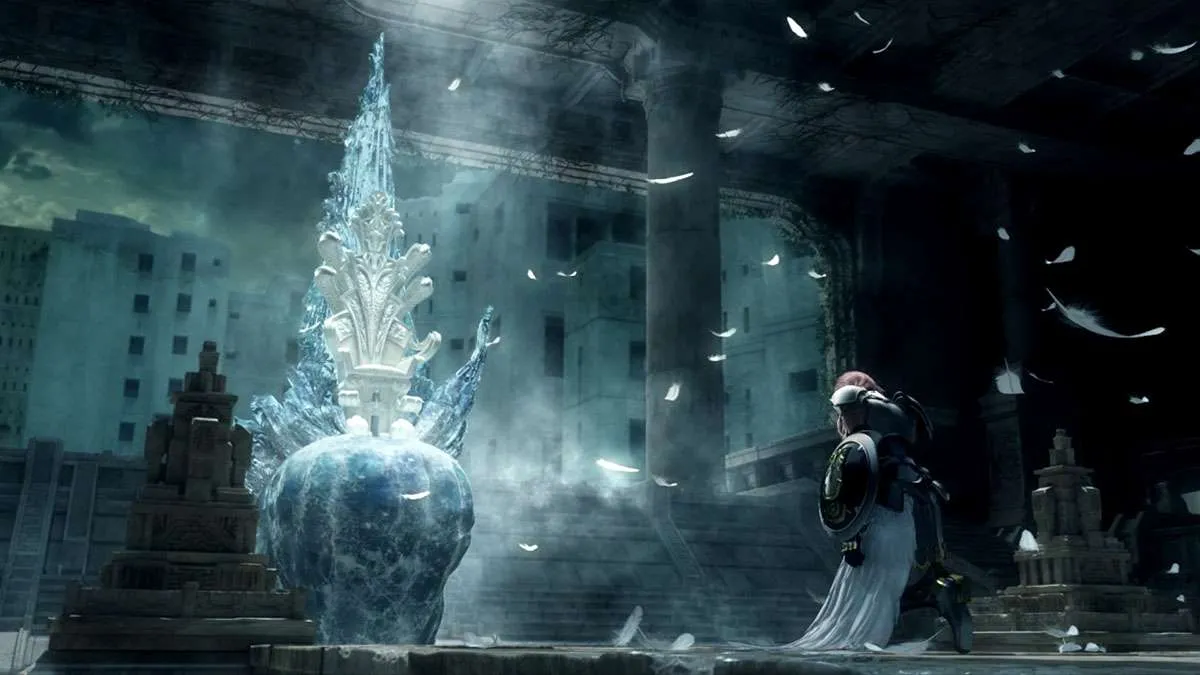 Final Fantasy XIII-2 Environment
Final Fantasy XIII-2 Environment
Conclusion: A Step Forward, But Not Without Stumbles
Final Fantasy XIII-2 makes significant strides in addressing the criticisms of its predecessor. The refined combat system, time-travel mechanics, and open exploration offer a more engaging experience. However, the lingering technical issues prevent the PC port from reaching its full potential. While the game offers a compelling journey through time, the technical flaws ultimately hold it back from being a truly definitive experience.
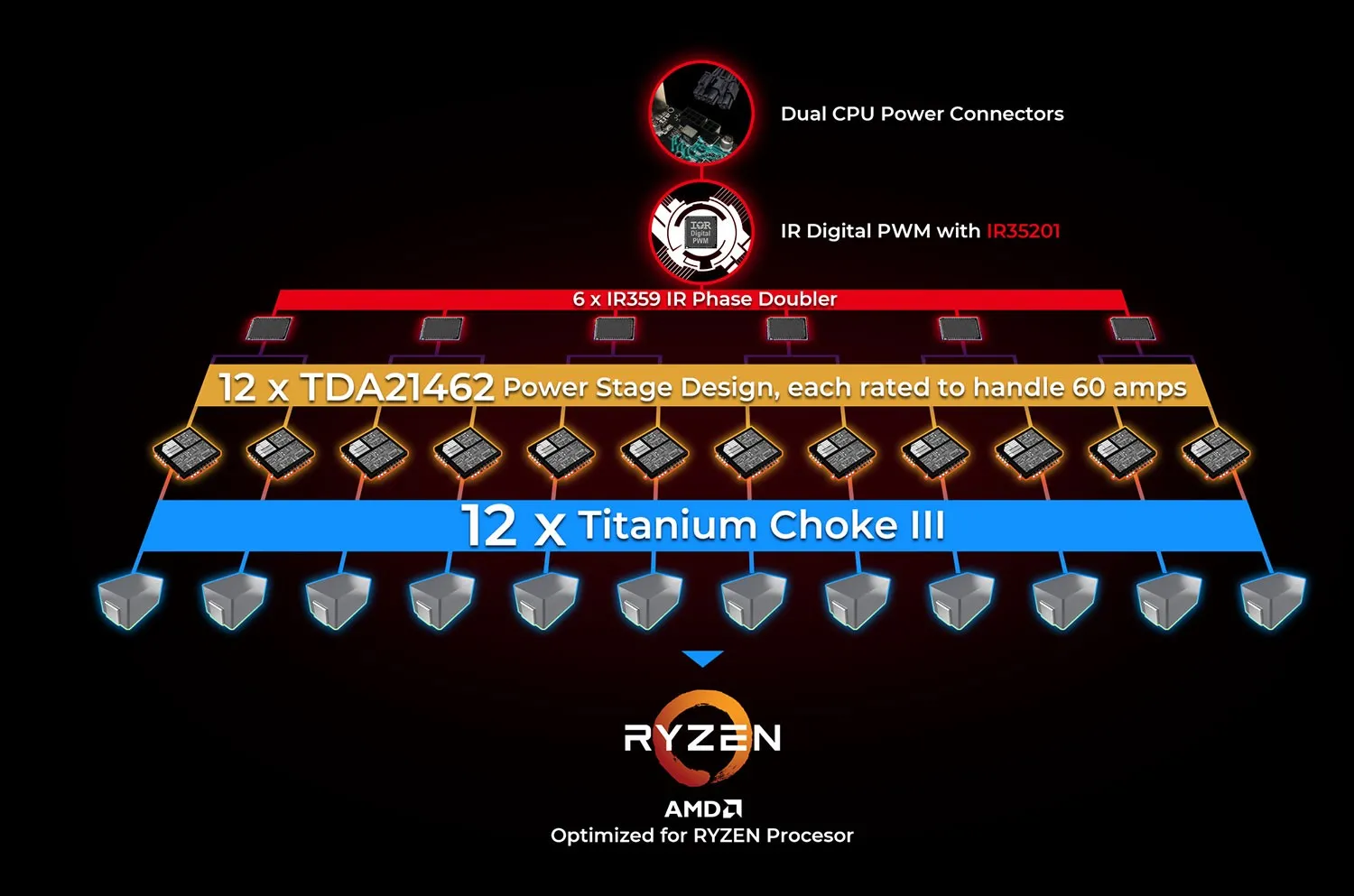
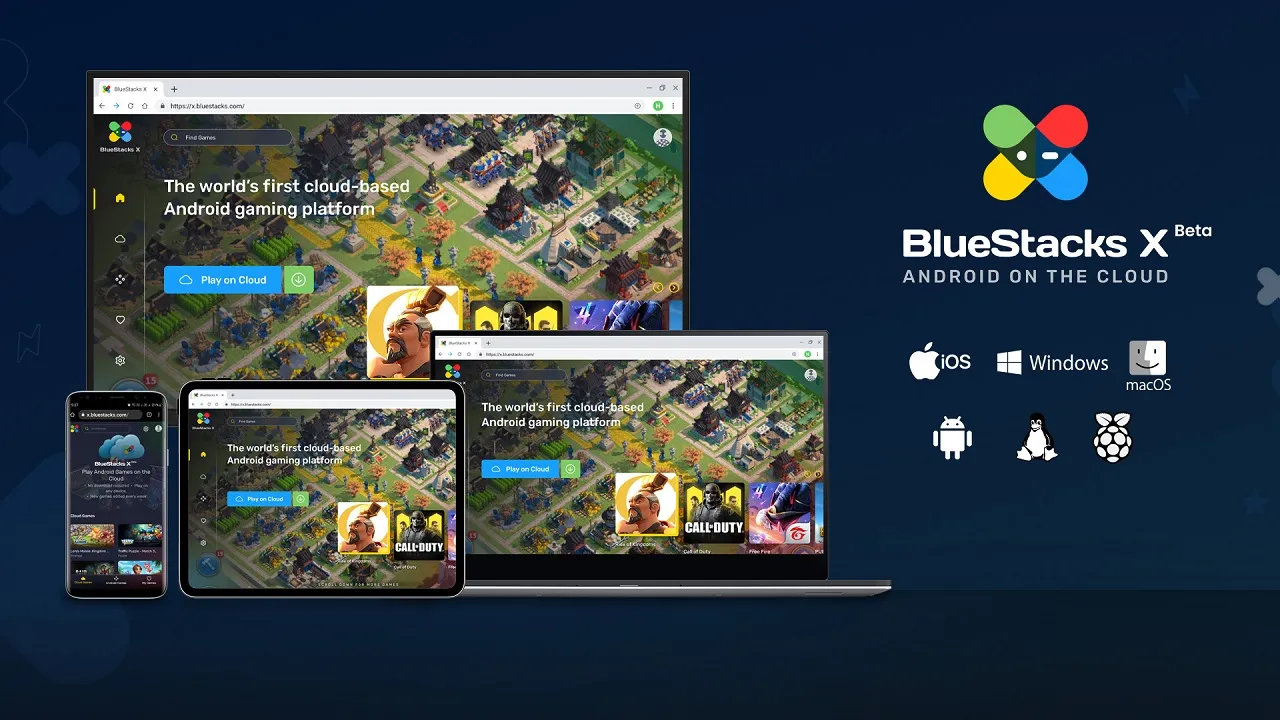
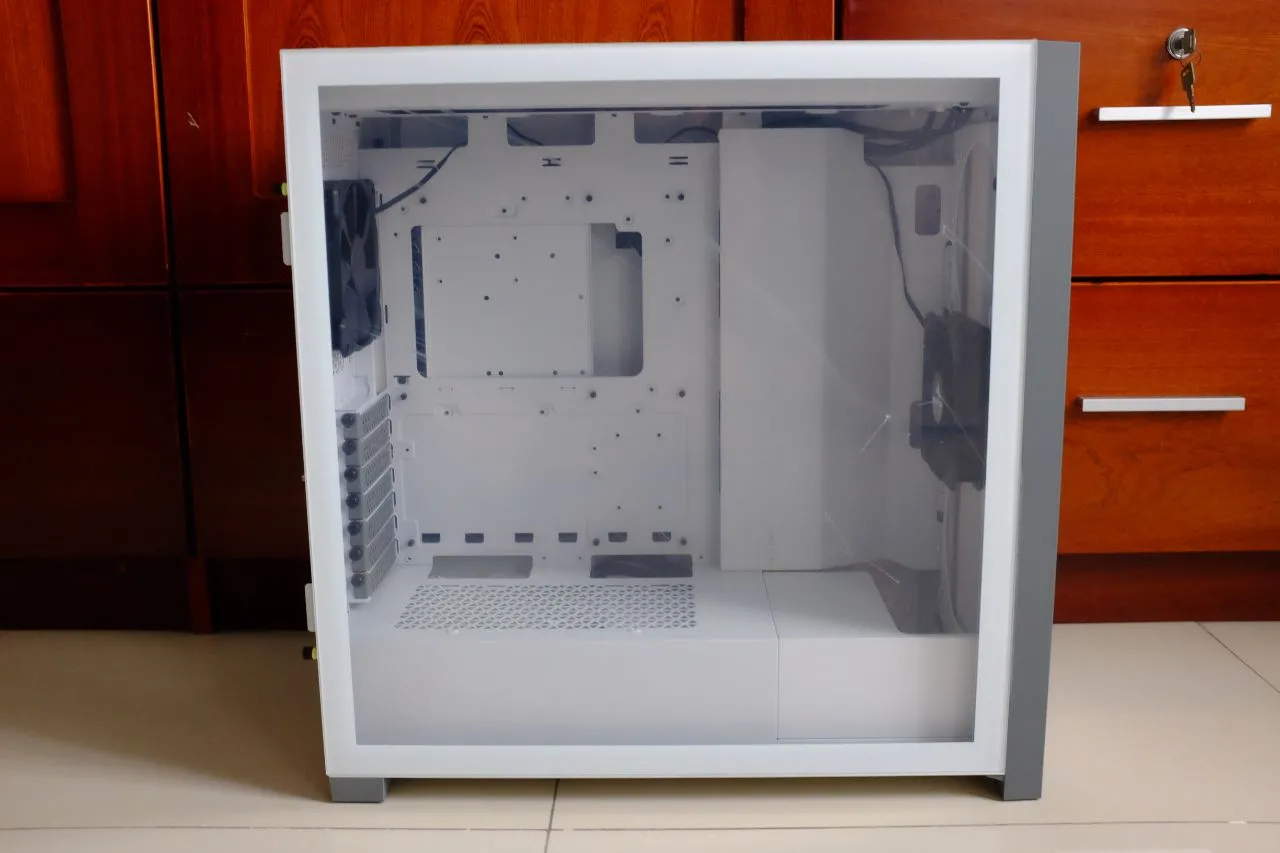
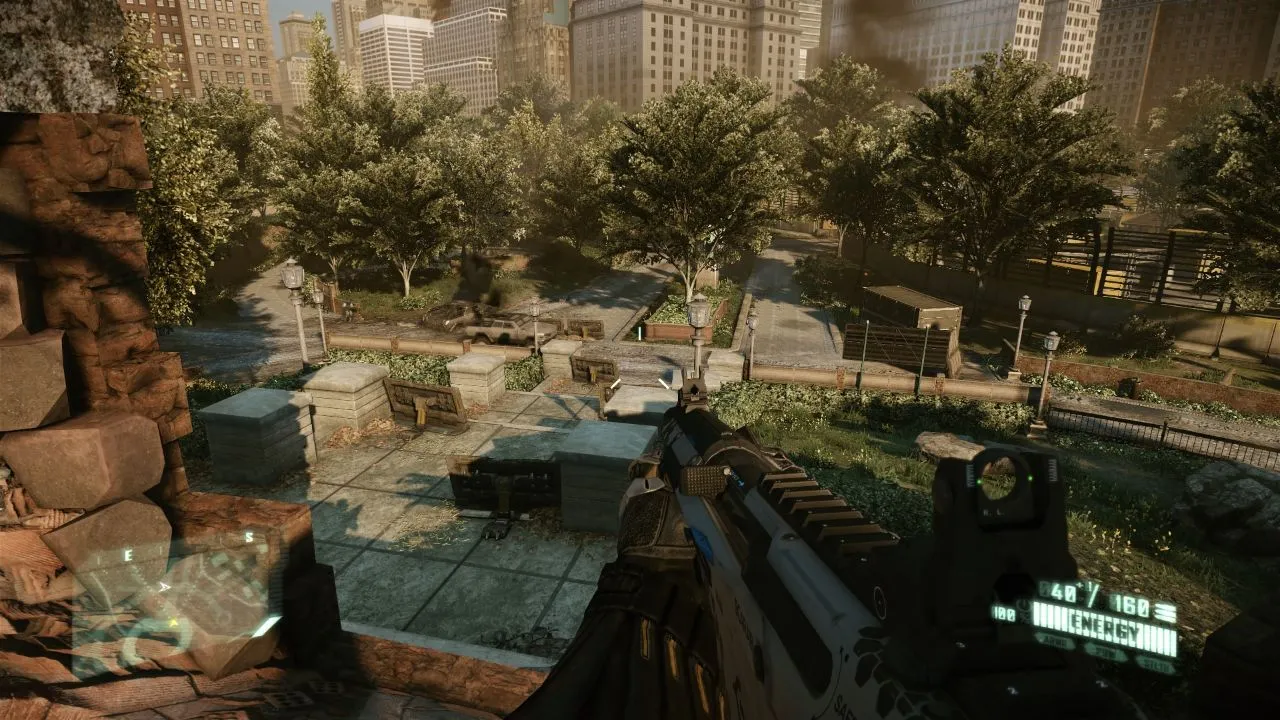
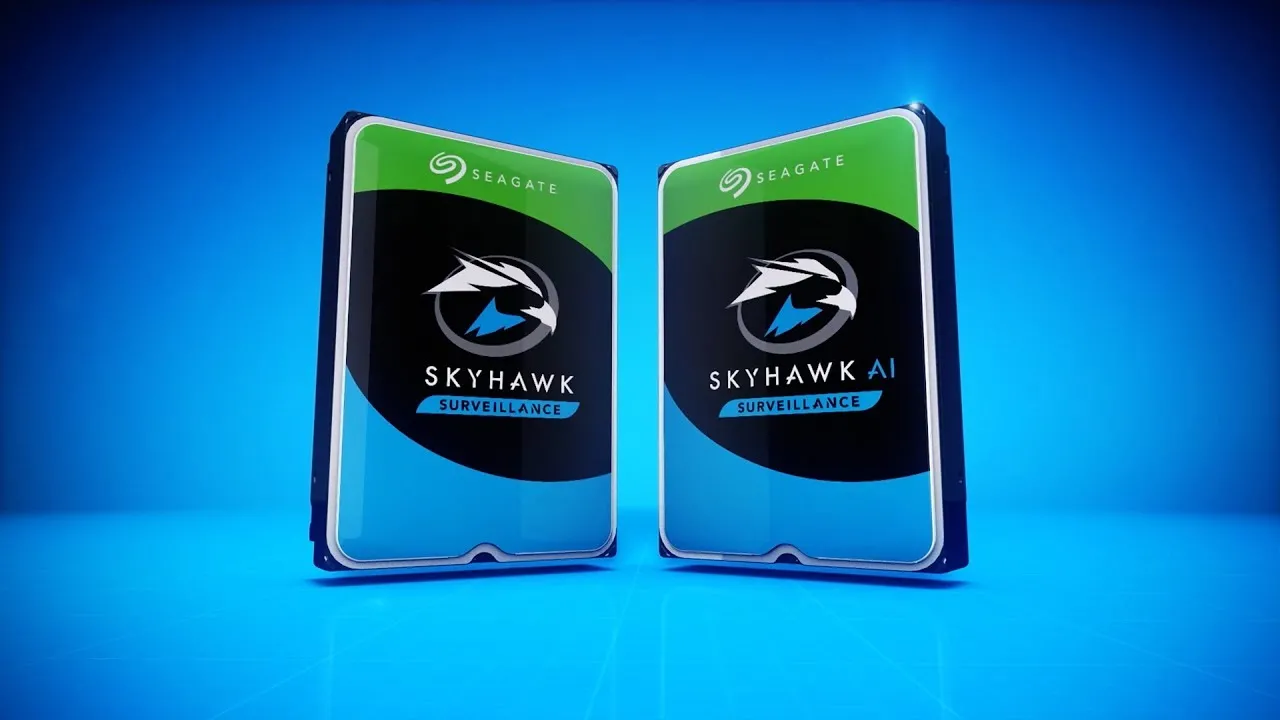
Comments (0)